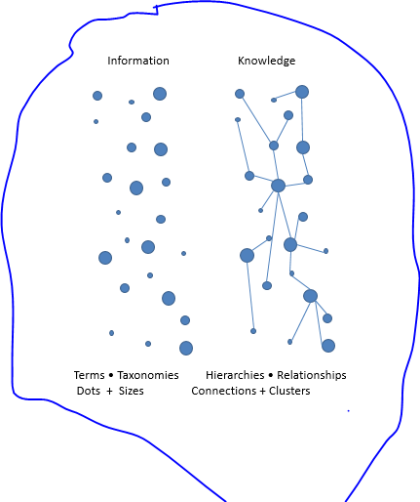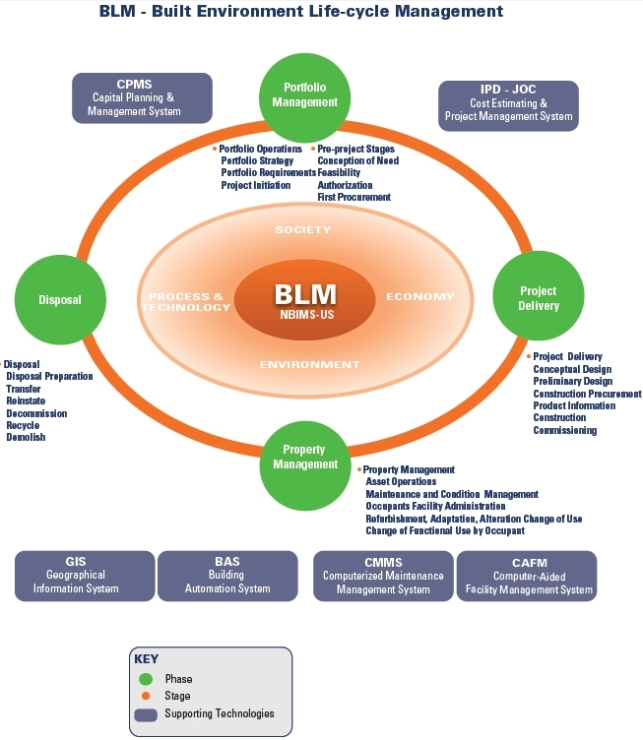Technology is not the primary obstacle to efficient life-cycle management of the built environment!
- Technology limitations/issues – come from people
- Different meanings for the same parts
- Economic impacts – based on people
- Different values and attributes for same processes
- Social Impacts – outcomes for people
- Stakeholders (Owners!!!, AE’s, Contractors, Oversight Groups, Business Product Manufacturers, Users) determine the uses of technology, economic value and environmental impacts
The roadblocks to increased collaboration, transparency, and productivity within the AECOO sector are as follows:
1. Lack of a robust, shared Ontology.
2. Refusal to adopt collaborative construction delivery methods such as Integrated Project Delivery (IPD) for new construction, Job Order Contracting (JOC) for repair, renovation, sustainability, and minor new construction projects.
3. Current focus upon first-costs vs. life-cycle costs.
Standardized terms, definitions, metrics and the deployment of “best practice” business process is not rocket science. Unfortunately too many AECOO participants and stakeholders need build their level of awareness of the above vs. ad-hoc and antagonistic processes such as design-bid-build, or even design-build. The latter is a good attempt to be IPD-like, but is not IPD.
The development and application of robust standardized terms, taxonomies, hierarchies, etc. will enable BLM/BIM. We need to move faster to deal with critical global Economic and Environment realities (global warming, diminishing natural resources, new competitive landscape …).
- Terms – language
- Syntax – make deductions from language
- Semantics – interpretation of languages
- Taxonomy – classification system
- Ontology – meaning-making system
- World Theatre – social system



